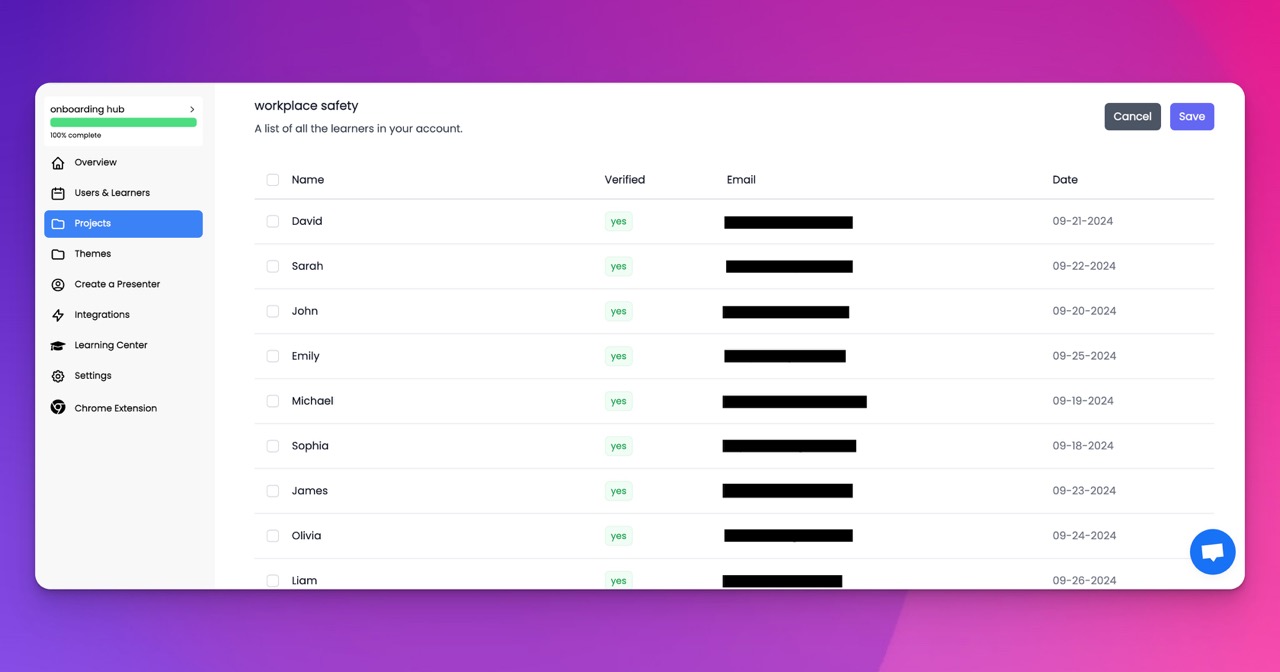🎉 Trainday now integrates with Zendesk and Hubspot 🎉 Trainday now integrates with Zendesk and Hubspot 🎉 Trainday now integrates with Zendesk and Hubspot
🎉 Trainday now integrates with Zendesk and Hubspot
🎉 Trainday now integrates with Zendesk and Hubspot
Contact
On On One
One on one communication is an essential aspect of human interaction. It involves two individuals engaging in a conversation, sharing information, and exchanging ideas on a personal level. This type of communication often leads to a deeper understanding of each other's perspectives and can facilitate stronger relationships.
One on one communication is beneficial in both personal and professional settings. In personal contexts, one on one communication can help build stronger connections between friends or family members. It provides an opportunity for individuals to express their thoughts and feelings in a safe and confidential environment, leading to a greater level of trust and mutual understanding.
In professional settings, one on one communication is crucial for effective leadership and management. Managers who engage in regular one on one meetings with their employees can provide feedback, offer support, and identify areas for improvement. This type of communication can lead to better job performance, increased motivation, and a stronger sense of teamwork.
One on one communication can also be used in conflict resolution. When two individuals have a disagreement, engaging in one on one communication can help them understand each other's perspectives and find a solution that works for both parties. This approach can be more effective than involving multiple individuals or using a formal mediation process.
However, one on one communication can also have its challenges. It requires individuals to be present and engaged in the conversation, which can be difficult in today's fast paced and distracted world. It also requires individuals to be vulnerable and open, which can be uncomfortable for some people.
Overall, one on one communication is an essential aspect of human interaction. It can lead to stronger relationships, better job performance, and effective conflict resolution. While it can have its challenges, the benefits of one on one communication make i
Accelerate Compliance.
Deliver OSHA-Ready Courses Instantly.
Empower your team with data-driven training solutions tailored to your industry's safety standards. Stay compliant, reduce risks, and boost productivity with AI-powered course creation.
